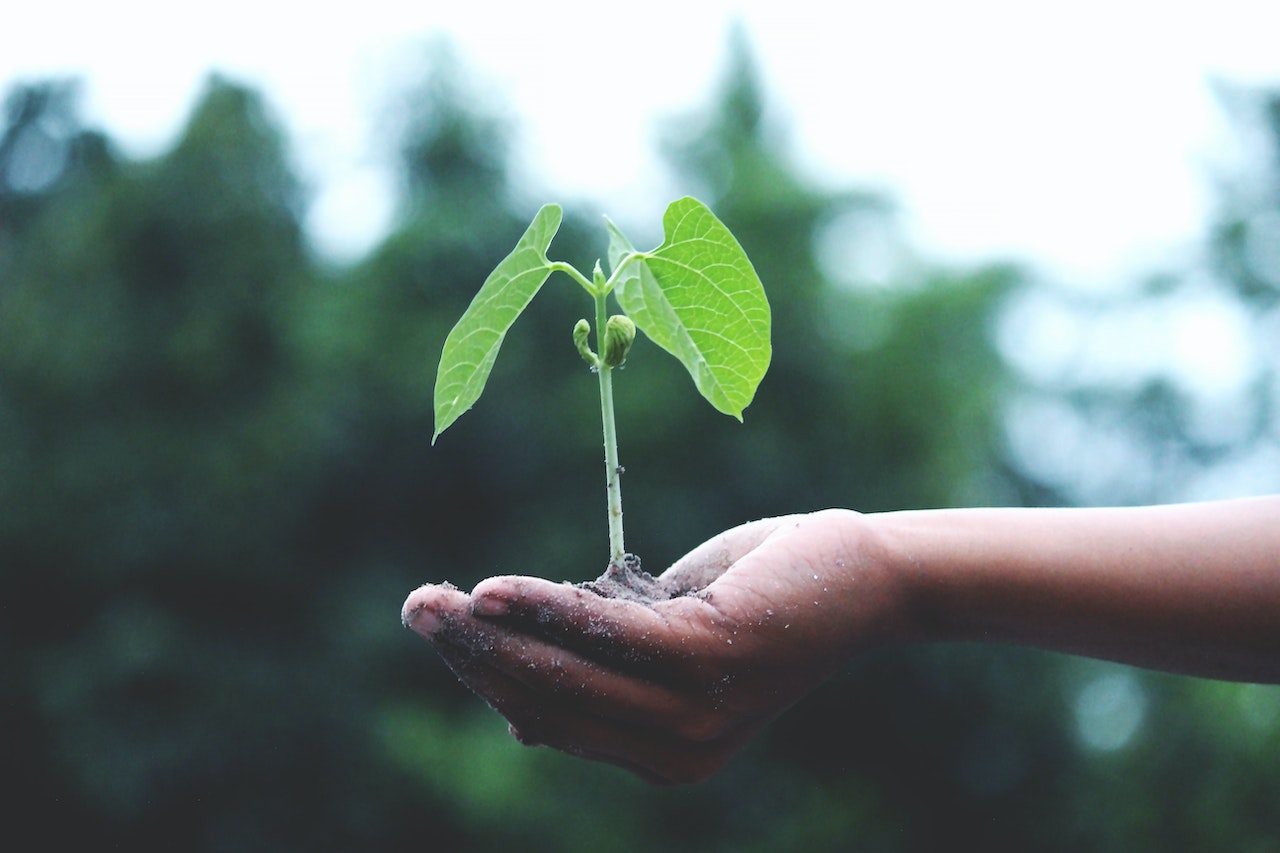This post was originally published on Sustainability Matters

We may be at the beginning of the end of the fossil fuel era but will that end come around fast enough? Post COP-28, the most recent United Nations Climate Change Conference held in Dubai in late 2023, it’s a question well worth asking.
That carbon dioxide and greenhouse gas emissions must be drastically reduced is not in dispute. Governments around the world have acknowledged it’s an urgent imperative, if average temperature increases are to be contained to 1.5°C above industrial levels.
Unveiled in May 2022, the Australian Government’s whole-of-economy Long Term Emissions Reduction Plan outlined its plans to achieve net zero emissions by 2050 and, across the ditch, our Kiwi cousins have adopted a similar target.
Picking up the pace of change
But while the stage is being prepared for a just and equitable transition away from traditional energy sources, emissions look set to continue their steady northward creep, in the short term at least.
Under current national climate commitments, they’ll be 9% above 2010 levels by 2030; hardly the drastic reduction we desperately want and need.
As the damaging effects of climate change become ever more apparent — Australia has just weathered another summer of swelteringly high temperatures and wildly wet conditions, while New Zealand continues to recover from tropical Cyclone Gabrielle’s bruising $8 billion assault in February 2023 — it’s clear we need to take some big steps to achieve a sustainable transition faster.
Doing more with digital
So how can we do it? By improving the efficiency of our industrial sectors and boosting the development and deployment of renewable energy is the short answer.
At present, industry is responsible for 32% of the world’s CO2 emissions, with 73% of greenhouse gases deriving from energy.
The World Economic Forum believes there’s enormous scope to reduce those figures, by harnessing the power of digital technologies, including advanced algorithms, artificial intelligence and data analytics.
From boosting energy efficiency and reducing waste and carbon emissions at source, through to converting harmful greenhouse gases into high-value commodities, such as fertiliser and fuel additives, forward-thinking businesses are already reaping the rewards of their judicious deployment.
Adopted at scale in heavy-duty emission sectors such as energy, mobility and materials, digital technologies have the potential to reduce emissions by up to 20% by 2050, according to WEF’s calculations.
The benefits for businesses that go down this route extend beyond the ESG arena: documented gains include profitability gains of up to 10% and three-fold returns on investment.
Working together for good
What’s more, there’s an opportunity to amplify those gains, should industrial organisations opt to take a more collaborative approach with the other stakeholders in their supply chains and eco-systems.
India’s Pimpri Chinchwad Smart City is a case in point. The amalgamation of more than 4600 municipal systems and applications, from water and wastewater to traffic management, into a single, unified operations centre has enabled its leaders and residents to breathe more easily, environmentally and literally. That’s because taking a data-driven approach to service delivery has reduced pollution and congestion, minimised water losses and lowered energy use by an estimated 22%.
Similarly impressive outcomes have been recorded in food and beverage giant Danone’s Indonesian operations. Deploying a manufacturing execution system across four production sites provided decision-makers and line managers with real-time access to detailed production data. In addition to being able to offer higher quality, fully traceable products, factory performance has improved and wastage has been slashed: a win for Danone and the planet both.
Taking smarter, swifter steps towards sustainability
Opportunities for local businesses and industries to use digital technologies in similarly creative ways are extensive and those that choose to do so sooner may well gain an early mover advantage.
What’s good for business is even better for the long-term health and wellbeing of our region and the wider world.
If your organisation is yet to explore the possibilities, there’s no time to lose.

Alexey Lebedev, Vice President – Pacific at AVEVA.
Top image credit: iStock.com/nespix





0 Comments